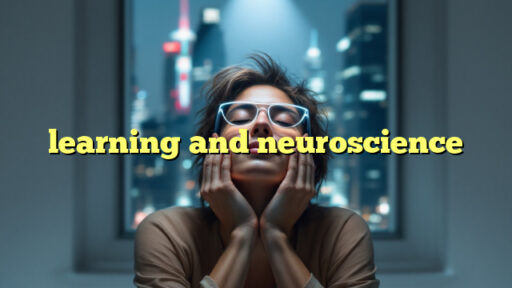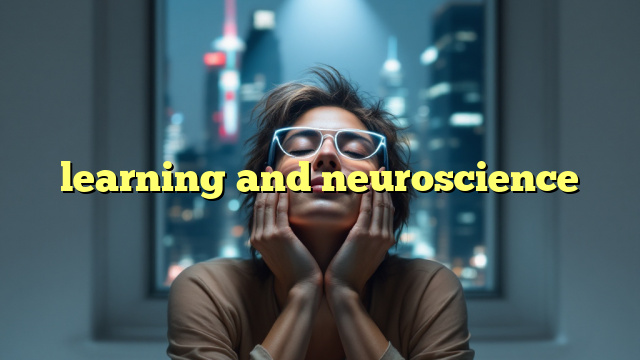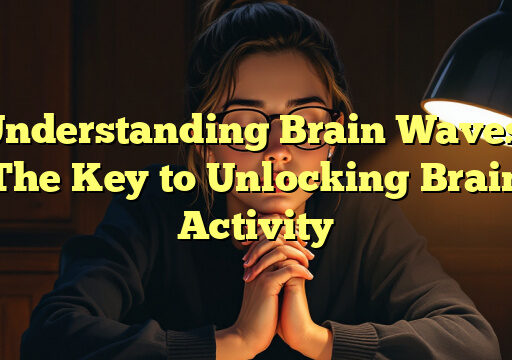Neuroscience has provided valuable insights into how the brain processes information, learns new skills, and retains knowledge. Understanding the connection between learning and the brain can help educators develop more effective teaching strategies and enhance student learning outcomes.
Research in neuroscience has shown that learning is a complex process that involves the interaction of various neural networks in the brain. When we learn something new, neurons in the brain form new connections or strengthen existing ones. This process, known as neuroplasticity, allows us to adapt to new information and experiences.
One key area of research in learning and neuroscience is the role of memory. Our ability to remember information is crucial for learning, and different types of memory, such as working memory and long-term memory, play important roles in the learning process. Understanding how memories are formed, stored, and retrieved can help educators design instructional techniques that optimize memory retention.
Another important aspect of learning and neuroscience is the impact of emotions on learning. Emotions can influence our ability to learn and retain information, as they can affect attention, motivation, and memory processes. By creating a positive and supportive learning environment, educators can help students engage with their learning and enhance their overall learning experiences.
Advancements in technology have also allowed researchers to study the brain in real-time, using techniques such as functional magnetic resonance imaging (fMRI) and electroencephalography (EEG). These tools provide valuable insights into how the brain responds to different learning tasks and can help researchers identify the neural mechanisms underlying learning processes.
How Neuroscience Can Improve Learning
By understanding how the brain learns, educators can develop teaching strategies that are optimized for brain function. For example, research has shown that active learning, which involves engaging students in hands-on activities and problem-solving tasks, can enhance memory retention and learning outcomes. By incorporating active learning strategies into their teaching, educators can create more engaging and effective learning experiences for students.
Neuroscience research has also highlighted the importance of feedback in the learning process. Providing students with feedback that is timely, specific, and constructive can help them understand their strengths and weaknesses, and make adjustments to their learning strategies. By using insights from neuroscience to improve feedback mechanisms, educators can help students learn more effectively and achieve better academic outcomes.
Conclusion
Learning and neuroscience are closely intertwined, as our understanding of how the brain learns can inform and improve teaching practices. By incorporating insights from neuroscience into educational approaches, educators can create more engaging and effective learning experiences for students. Research in neuroscience continues to provide valuable insights into the mechanisms underlying learning processes, and educators can use this knowledge to enhance student learning outcomes.
FAQs
What is neuroplasticity?
Neuroplasticity refers to the brain's ability to reorganize itself by forming new neural connections in response to learning or experience.
How do emotions impact learning?
Emotions can influence attention, motivation, and memory processes, which can impact a person's ability to learn and retain information.
How can educators use insights from neuroscience to improve teaching practices?
Educators can use insights from neuroscience to develop teaching strategies that are optimized for brain function, such as incorporating active learning techniques and providing effective feedback mechanisms.
Unlock Your Mental Potential




